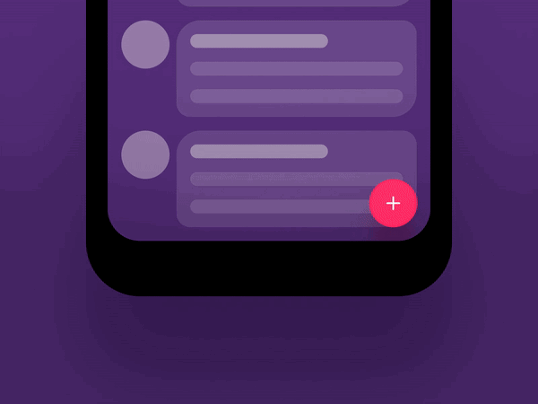As a business owner, you know how important it is to have a strong online presence. With more and more customers turning to the internet to research and purchase products and services, having a well-designed website is crucial for success. And if you're using WordPress as your content management system (CMS), you're in good company – it's estimated that over 40% of websites are built on WordPress.
But with popularity comes risk. Hackers are always looking for vulnerabilities in popular platforms like WordPress, and if your site falls victim to an attack, it can be devastating for your business. Not only does it put sensitive information at risk, but it can also damage your reputation and cause financial losses.
Fortunately, there are steps you can take to boost the security of your WordPress site. One powerful tool that many people overlook is the .htaccess file. This file allows you to control how your server handles requests and can be used to enhance the security of your website. In this article, we'll explore some .htaccess hacks that will help keep your WordPress site safe from attacks.
What is .htaccess?
Before we dive into the hacks, let's first understand what .htaccess is. In simple terms, it's a configuration file that allows you to control access and permissions for files and directories on a web server. It's commonly used by Apache servers (the most widely used web server software) and can be found in the root directory of most websites.
.htaccess hacks for boosting security
1. Block malicious bots
Bots are automated programs designed by hackers to scan websites for vulnerabilities or gather sensitive information. By adding a few lines of code to your .htaccess file, you can block these bots from accessing your site altogether.
Here's an example:
“`
RewriteEngine on
RewriteCond %{HTTP_USER_AGENT} ^.*(bot|crawl|archive).*$ [NC]
RewriteRule ^.*$ – [F,L]
“`
This code will block any user agents (a string of text that identifies a browser, operating system, or bot) containing the words “bot”, “crawl”, or “archive”. You can customize this code to block specific bots or user agents that you know are malicious.
2. Protect against SQL injections
SQL injections are one of the most common methods used by hackers to gain access to sensitive information from websites. This type of attack involves inserting malicious code into an SQL query, which can then be used to manipulate the database and extract data.
To prevent SQL injections, add the following lines of code to your .htaccess file:
“`
Options +FollowSymLinks
RewriteEngine On
RewriteCond %{QUERY_STRING} (\|%3E) [NC,OR]
RewriteCond %{QUERY_STRING} GLOBALS(=|\[|\%[0-9A-Z]{0,2}) [OR]
RewriteCond %{QUERY_STRING} _REQUEST(=|\[|\%[0-9A-Z]{0,2})
RewriteRule .* index.php [F,L]
“`
This code will block any requests that contain certain characters known to be used in SQL injection attacks.
3. Restrict access to wp-config.php
The wp-config.php file contains sensitive information such as your database login credentials and security keys. It's crucial to protect this file from unauthorized access.
To restrict access to this file through .htaccess, add the following lines of code:
“`
order allow,deny
deny from all
“`
This will deny anyone from accessing the wp-config.php file directly through their browser.
4. Block directory browsing
By default, many web servers allow directory browsing – meaning if someone navigates to a directory on your website without specifying a particular page or file name, they'll be able to see a list of all the files and directories within that folder. This can be a security risk as it gives hackers more information to work with.
To disable directory browsing, add this code to your .htaccess file:
“`
Options All -Indexes
“`
This will prevent anyone from viewing the contents of directories on your website.
5. Protect wp-includes folder
The wp-includes folder contains core WordPress files and should be protected at all costs. Hackers often target this folder as it's a prime location for finding vulnerabilities.
Add these lines of code to your .htaccess file to block access to the wp-includes folder:
“`
# Block the include-only files.
RewriteEngine On
RewriteBase /
RewriteRule ^wp-admin/includes/ – [F,L]
RewriteRule !^wp-includes/ – [S=3]
RewriteRule ^wp-includes/[^/]+\.php$ – [F,L]
RewriteRule ^wp-includes/js/tinymce/langs/.+\.php – [F,L]
RewriteRule ^wp-includes/theme-compat/ – [F,L]
“`
These lines will block direct access to any PHP files within the wp-includes directory, as well as preventing any requests for other types of files (such as JavaScript) from being executed.
In conclusion
With millions of websites being built on WordPress, it's crucial that you take steps to secure your site and protect it from potential attacks. The .htaccess hacks we've discussed in this article are just some of the ways you can enhance your site's security. It's always a good idea to regularly review your .htaccess file and make updates as needed to ensure maximum protection for your website. By implementing these hacks, you'll have peace of mind knowing that your WordPress site is secure and your business is safe from potential cyber threats.






































0 Comments